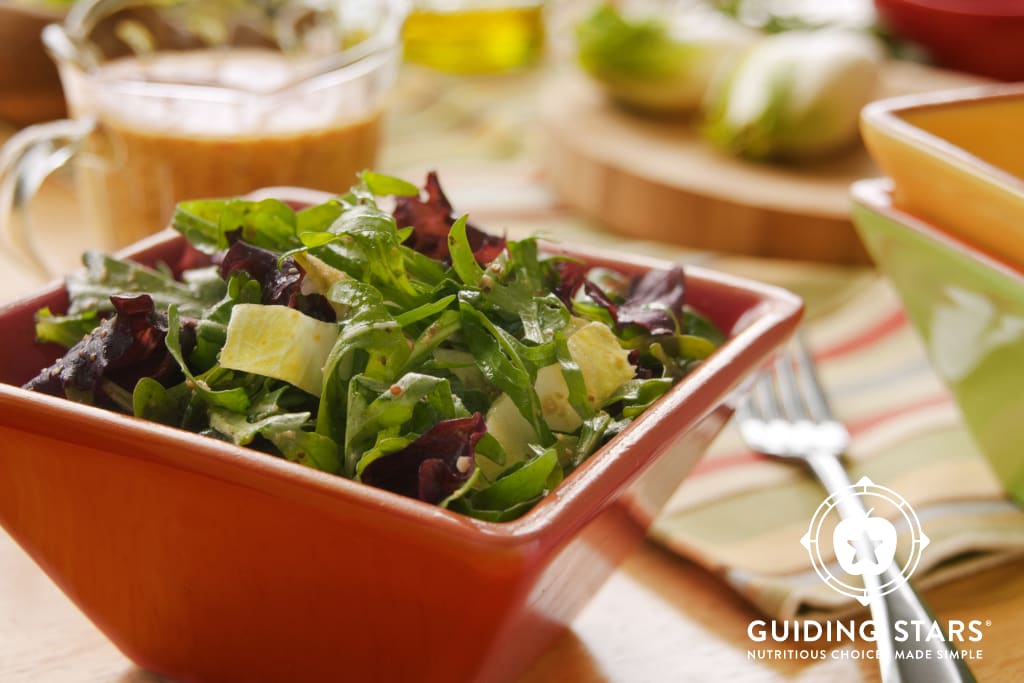
One of the oft-claimed benefits of choosing locally-grown foods is that they are nutritionally superior to foods that have to travel a distance to reach the consumer. This seems logical, but let’s take a closer look at this idea…
What’s considered local?
A recent scientific survey found that 28% of respondents said that “local” foods were those that came from their county of residence. Another survey found that 75% of respondents considered less than 50 miles away to be “local.” In truth, you get to decide what local means, or what “regional” means. For some food items, maybe choosing regionally-sourced foods is the best you can do. In Maine, where I live, it can be tough to find local produce during the long winter months (though there are more and more indoor-grown crops available every year). Eating seasonally goes hand in hand with eating locally—focus on eating in-season produce and you’ll be more likely to find a local farmer who can provide what you need. Here are some ideas if you’d like to start eating seasonally.
Mixed Greens with Mustard Dressing
Greens, which are readily grown in non-traditional contexts like hydroponics or cold frames, are often the easiest local produce to find year-round.
View recipe »How does storage impact nutrients in produce?
Locally-sourced food doesn’t have to travel very far, which tends to be a good thing for the nutritional value of that food. In general, the more recently the produce was harvested and the sooner you eat it, the more nutrients it will contain. In some cases though, storage in the right conditions may not impact nutrient content much at all (think onions or root veggies and winter squash), while for others, nutrient content can plummet nearly immediately after harvesting—and even more so during storage. And in some fruits that continue to ripen after picking, nutrients can even increase.
As a member of the Guiding Stars Scientific Advisory Panel, I’m part of the team that is responsible for keeping tabs on the scientific consensus about the nutritional quality of foods. There is currently no rule of thumb for how fresh produce reacts to storage, but it’s safe to say that, at least for vegetables, storage after harvest will not be good for the vegetable’s vitamin content. Vitamins, both water-soluble ones like vitamin C and the B vitamins, as well as fat-soluble ones such as vitamin A (and its carotenoid precursors) are impacted by storage time. Minerals aren’t typically affected by storage, and neither is fiber. Vitamins, minerals, and fiber all earn points for foods containing them under the Guiding Stars algorithm. Differences in storage method do not currently make a difference to the points assigned to foods in determining whether they earn 0, 1, 2, or 3 Guiding Stars.
What if the produce is refrigerated?
If you are buying non-local fresh produce, chances are that it was transported in a refrigerated state. Certainly, refrigerated transport is an improvement over non-refrigerated transport and storage—at least for most produce. In some cases though, even storing at refrigerated temperatures has a significant adverse impact on the nutrients in the vegetable. A Penn State study of spinach kept at refrigerator temperature (39ºF) for 8 days lost nearly half of its folate (a B vitamin). The researchers tested a variety of temperatures and found that as the temperature increased, so too did the rate of nutrient degradation. The same was found of the carotenoids in the spinach. For a few tips on keeping your fridge safe for food storage, check out this previous Guiding Stars post.
Fresher, local foods can mean less waste.
Finally, if you’re buying local produce, its freshness likely means you’ll be able to keep it in your own refrigerator a little bit longer than you would if it had already been traveling across the country. In other words, local produce gives you a few extra days of prime nutrient content. Who wants more limp and lackluster produce hanging out in your fridge? Wasting food is a big bummer for many reasons—including financial and environmental. And anyhow, what good is buying produce if it isn’t going to get eaten?
What if local and fresh produce is hard to come by?
Keep in mind that frozen and canned vegetables are often preserved at peak freshness, preserving nutrient content. As long as they aren’t packed in sauces or liquids that contribute saturated fat, sodium, and added sugars to the product, are nutritionally equivalent to fresh produce. If buying fresh doesn’t fit your budget or food access, look for the Guiding Stars icon on shelf tags to quickly choose the most nutritious options. Foods that earn 1, 2, and 3 Guiding Stars are good, better, and best nutritious choices. Foods that earn 0 Guiding Stars should be enjoyed in moderation.